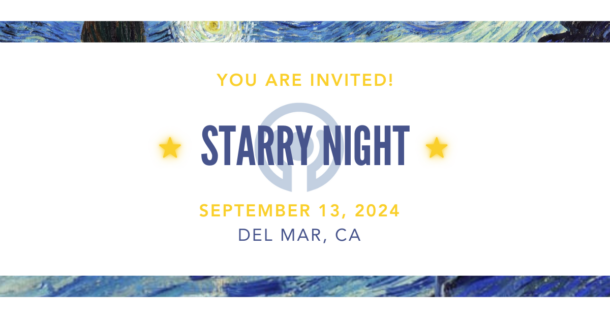Technology platforms have been frequently villainized in the teenage battle for mental health. For years, news outlets have screamed, “Social media opens the door to cyberbullying!,” alongside numerous similar headlines. However, in the age of the pandemic, we’ve all realized the newfound potential of technological platforms in efficiently providing for our mental health needs. The ability to access mental healthcare has become foremost priority in addressing the rapid increase in anxiety and depression amongst teens affected by the pandemic.
To best gauge the wellbeing of my peers, I conducted a school-wide survey allowing students to respond to what they believed to be the most important about maintaining mental health and how they personally combatted stress. To my concern, nearly all of their answers involved activities that were entirely separate from school, such as listening to music or confiding in family. I began to wonder: how could we incorporate stress-relieving outlets into the school community? While most of my peers viewed school as being mutually exclusive to wellbeing, I hoped to discover a way to create a harmonious balance between academia and relaxation.
My first step was establishing a Mental Health Awareness Club so as to destigmatize mental health issues and promote ways to cope. I wanted to ensure that there was a steady stream of both educational and creative outlets for both peers and teachers to engage with. My first ambition was to plan several themed mental awareness weeks. One such event, entitled Suicide Prevention Week, was implemented in September. I enlisted the help of student ambassadors and other clubs such as Gender Sexuality Alliances, to organize a school-wide effort. Firstly, I invited speaker Jason Kuttner, the clinical supervisor of Adolescent Support & Counseling Services (ASACS), to conduct a suicide prevention webinar. Second, after seeing how music was one of the most common stress relief answers on the survey, I created relaxing playlists for teachers to play during class. Third, I organized an informational presentation at the start of the week to introduce helpful web sources that students could turn to for mental help. Finally, to increase counseling opportunities while encouraging students to be active in mental health outreach, I enlisted the help of the school’s peer counseling club and organized online counseling training sessions throughout the week. On the last day, a Zoom discussion was held for students who wanted one-on-one advice from a counselor or had general questions.
Feedback for the week-long event showed a 96% satisfactory rate, and my club advisor, who is also part of the high school counseling department, said that he loved the idea as it helped students battle the COVID emotional slump. After seeing the success of Suicide Prevention Week, I am now negotiating with the middle school and elementary principles to further expand participation.
The next event I hope to implement is Wellness Week. Through Wellness Week, I hope to educate on long-term wellbeing exercises while reminding the school community that they are loved and appreciated by their peers. For the first day, I plan to use the online Padlet platform to open a sharing space for students, whether it be posting on their favorite hobby or their go-to mental health resource. For the second day, I hope to use Instagram and an online newsletter for student spotlights on mental health management tips. Furthermore, there will be an anonymous friendship appreciation form distributed via Google forms to give students an opportunity to give their friends a loving shout-out. There will also be a virtual gratitude wall collage functioning as a bulletin board for those who want to list things they are grateful for. Similar to Suicide Prevention Week, I plan on inviting guest speaker, Pats Limcaoco, a resident physician at Kaiser Permanente healthcare company and a fellow school alumna.
Alongside these intensive events, I believe it is critical to incorporate mental wellbeing on the daily. I noticed that aesthetically pleasing promotion stickers were well-loved by my peers, as they could easily stick them on their laptop covers. Future sales of mental wellness stickers can thereby provide the small push needed to pique students’ interests while reminding them of the importance of maintaining mental health wellbeing. Furthermore, I am in the process of designing and planning to distribute mental health-centered calendars. A weekly calendar will be distributed to outline mental health goals of the week, while the monthly calendar will have daily motivational quotes or a wellbeing task.
My hope for this program is that more people in our school will be involved in mental health-related activities and incorporate healthy coping mechanisms into their school lives. Although academic goals may seem significant, taking care of one’s mental health is a long-term investment that will allow one to be successful in life. By implementing this program, I hope to continue raising awareness for the necessity of mental healthcare and fighting the stigma against depression or anxiety.


